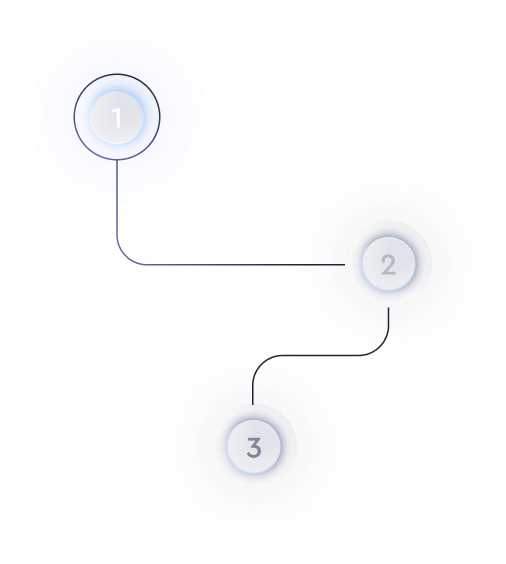What highlights the importance of alt text for images regarding accessibility and SEO benefits?
Alt text, also known as "alternative text," is a crucial component in ensuring digital accessibility and enhancing SEO performance. While it often goes overlooked during web development processes, its value cannot be overstated both for users with disabilities and for optimizing search engines.
The Role of Alt Text in Accessibility
For individuals with visual impairments, alt text serves as a bridge to understanding the content of images on a webpage. Screen readers, which are tools that assist these individuals by converting text to speech or braille, rely heavily on this descriptive text to convey what is visually present.
- Provides context: Properly crafted alt text gives context to an image, allowing visually impaired users to grasp its relevance and relationship to the surrounding content.
- Supports navigation: For website navigation, alt text on images embedded in links helps users understand the destination or result of following a link.
- Enhances user experience: By ensuring images are accessible, websites foster an inclusive environment, significantly improving user engagement and satisfaction.
SEO Benefits of Alt Text
Beyond accessibility, alt text plays an integral role in boosting a website's search engine optimization. Search engines like Google employ sophisticated algorithms to index content, and alt text provides additional data cues that inform this process.
- Improves image search rankings: When search engines understand the content of your images, those images are more likely to appear in image search results, driving additional traffic to your site.
- Keyword integration: Incorporating targeted keywords into alt text can improve the overall relevance score of a webpage, potentially enhancing its visibility in search results.
- Enhances crawl accessibility: Alt text helps search engine bots, which can't "see" images, to better understand and categorize the image content.
Effective Practices for Writing Alt Text
Crafting effective alt text requires balance; it should be descriptive yet concise, reflecting the purpose of the image within the context of the page.
- Be specific: Clearly describe the image's content and its function on the page. Avoid vague descriptors like "image" or "picture."
- Avoid keyword stuffing: While it is beneficial to include keywords where relevant, overloading alt text with them can harm SEO rather than help.
- Keep it brief: Ensure alt text is succinct, typically under 125 characters. This guarantees that it is fully read by screen readers without interruption.
In conclusion, alt text is not just a compliance checkbox for accessibility standards, but a strategic element for enhancing both user experience and search engine rankings. By prioritizing well-crafted alt text, developers and content creators build more inclusive and SEO-friendly web environments.

